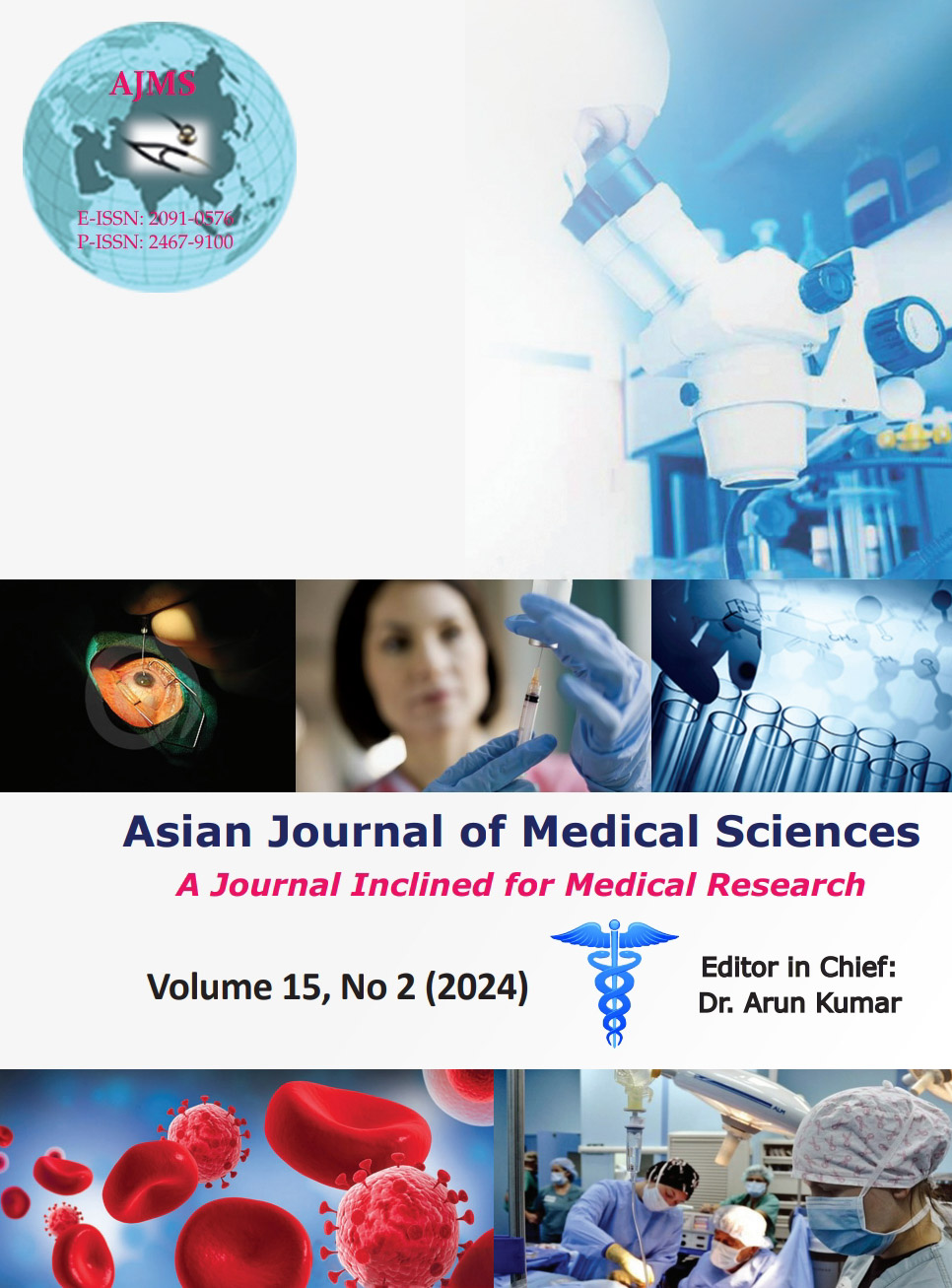A study on outcome of hepatic fibrosis in chronic hepatitis B patients on anti-viral therapy
Keywords:
Chronic hepatitis B; Hepatitis B virus; Hepatic fibrosis; FibroscanAbstract
Background: Hepatitis B infection is a global public health problem. Chronic hepatitis B (CHB) infection leads to complications such as cirrhosis, liver failure, and hepatocellular carcinoma. Effective antiviral therapy significantly improves the stages of fibrosis in these patients. Hence, the liver stiffness measurement using transient elastography (Fibroscan) in CHB patients undergoing treatment is important to evaluate the effectiveness of the therapy and to predict the prognosis.
Aims and Objectives: To see the outcome of Hepatic Fibrosis by non-invasive measurement in CHB patients after 6 months of oral anti-viral therapy.
Materials and Methods: Seventy new CHB patients are included in a prospective hospital-based study and at the end of 6 months 53 patients were analysed.
Results: Our study showed a significant statistical reduction in Liver Fibrosis as well as improvement of serological and biochemical parameters in CHB patients.
Conclusion: There is liver fibrosis reversal in CHB patients after 6 months of anti-viral therapy and Fibroscan helps not only as a marker for initiation of treatment depending on the degree of fibrosis but also indicates the response or progression of the disease.
Downloads
Downloads
Published
How to Cite
Issue
Section
License
Copyright (c) 2023 Asian Journal of Medical Sciences

This work is licensed under a Creative Commons Attribution-NonCommercial 4.0 International License.
Authors who publish with this journal agree to the following terms:
- The journal holds copyright and publishes the work under a Creative Commons CC-BY-NC license that permits use, distribution and reprduction in any medium, provided the original work is properly cited and is not used for commercial purposes. The journal should be recognised as the original publisher of this work.
- Authors are able to enter into separate, additional contractual arrangements for the non-exclusive distribution of the journal's published version of the work (e.g., post it to an institutional repository or publish it in a book), with an acknowledgement of its initial publication in this journal.
- Authors are permitted and encouraged to post their work online (e.g., in institutional repositories or on their website) prior to and during the submission process, as it can lead to productive exchanges, as well as earlier and greater citation of published work (See The Effect of Open Access).




